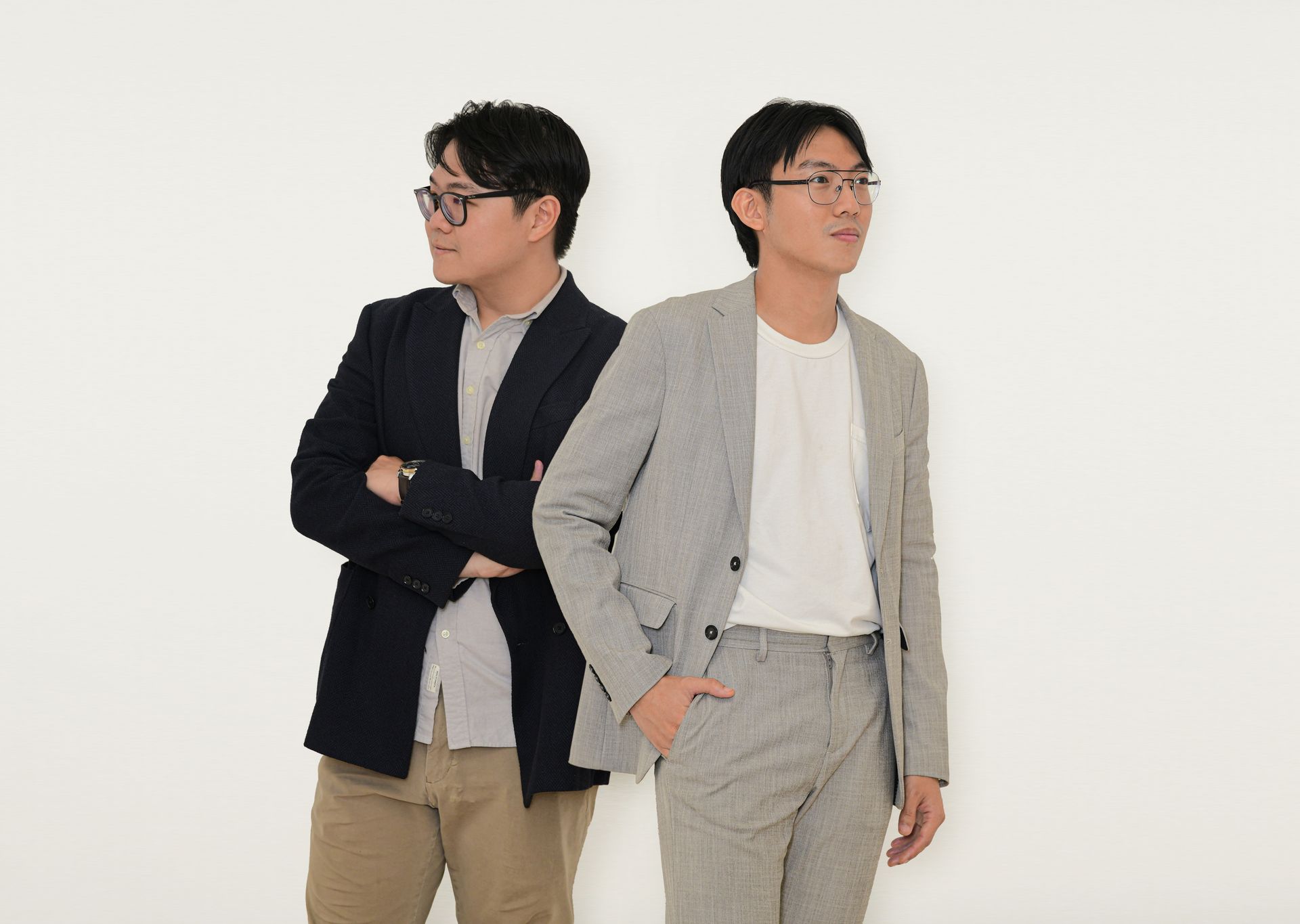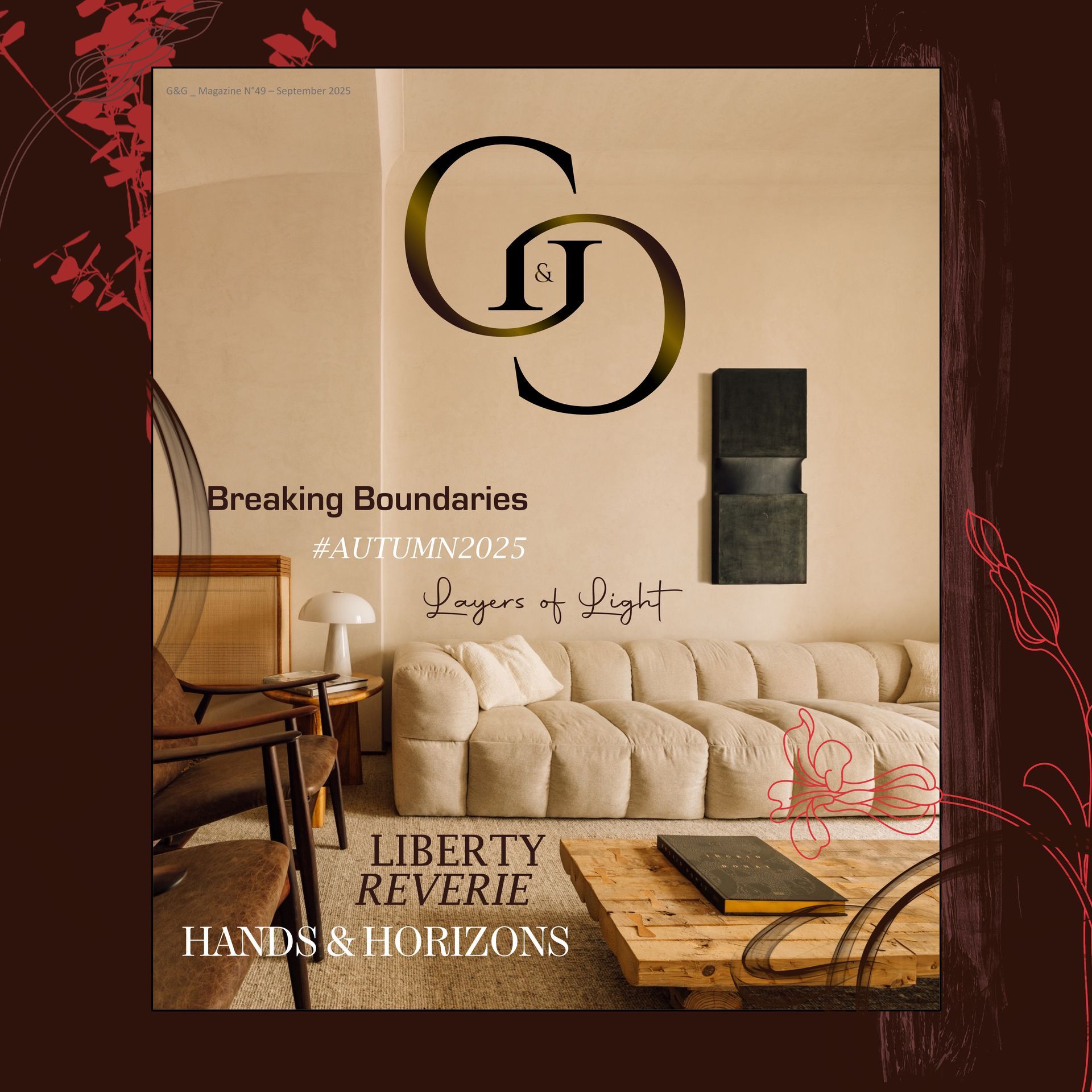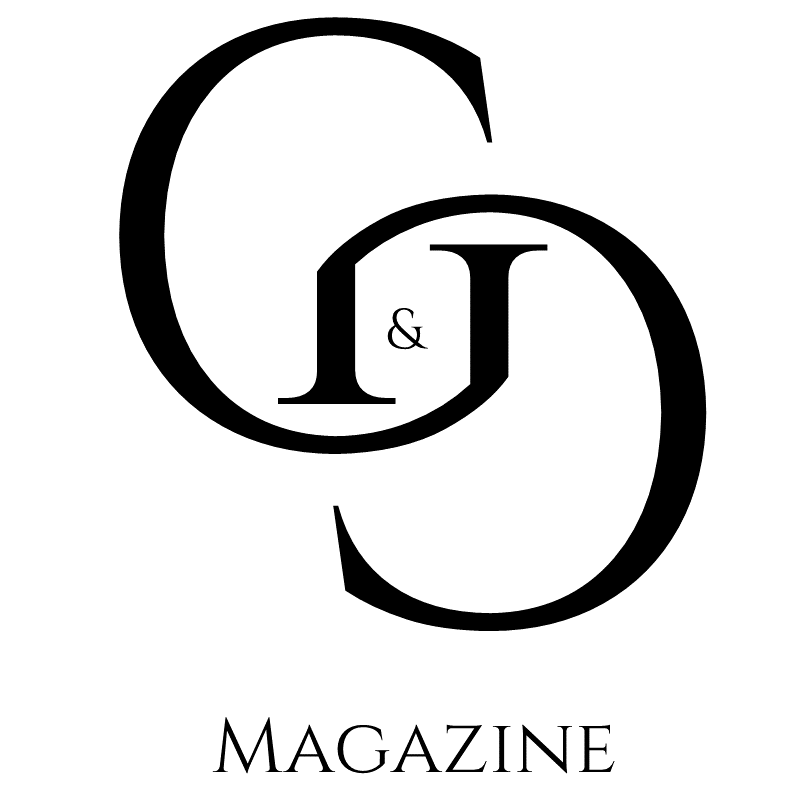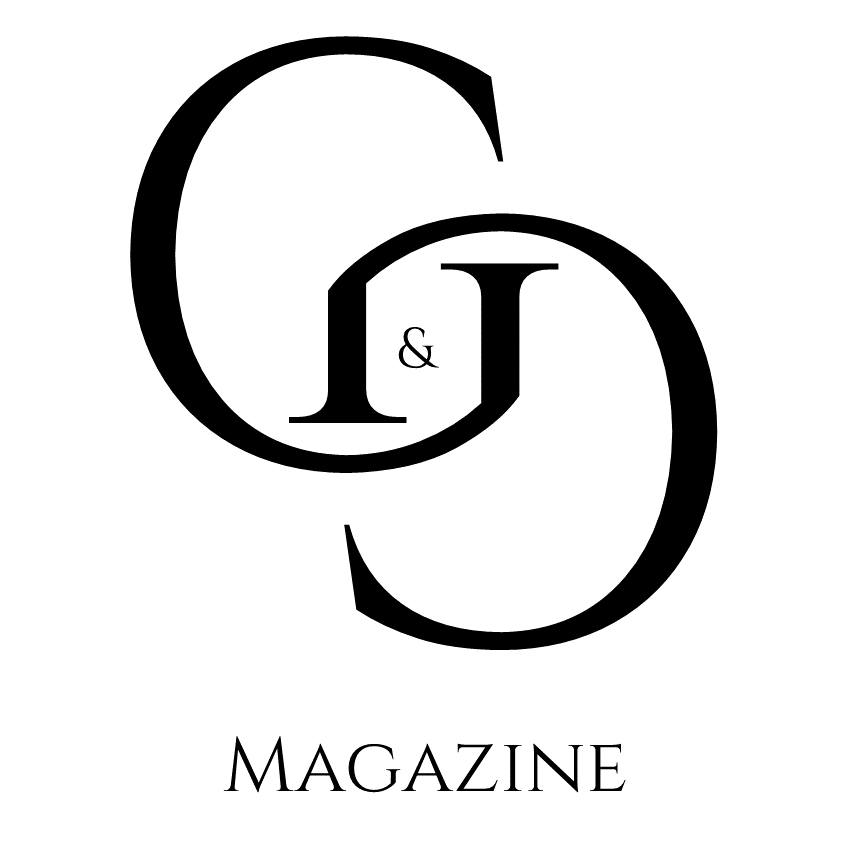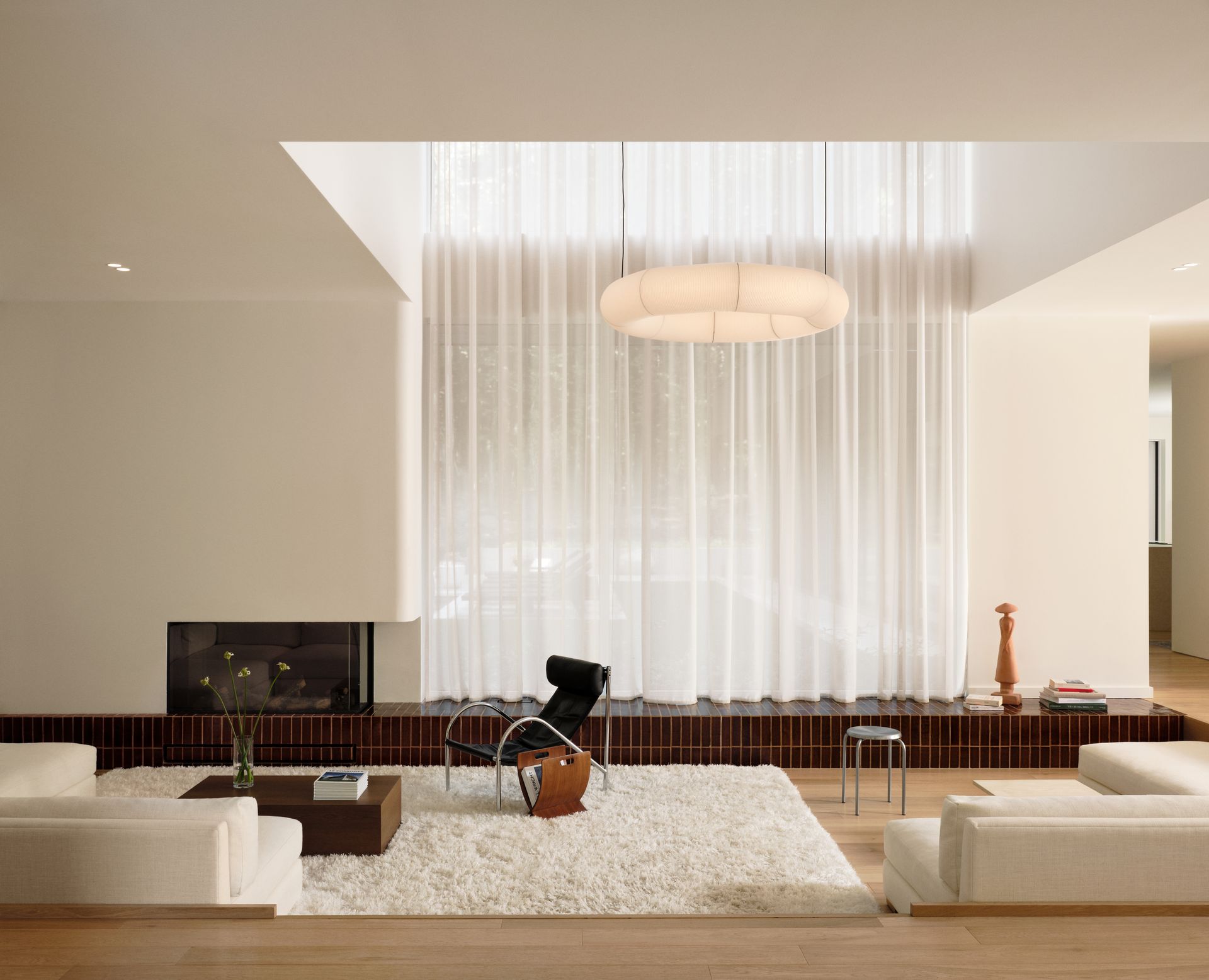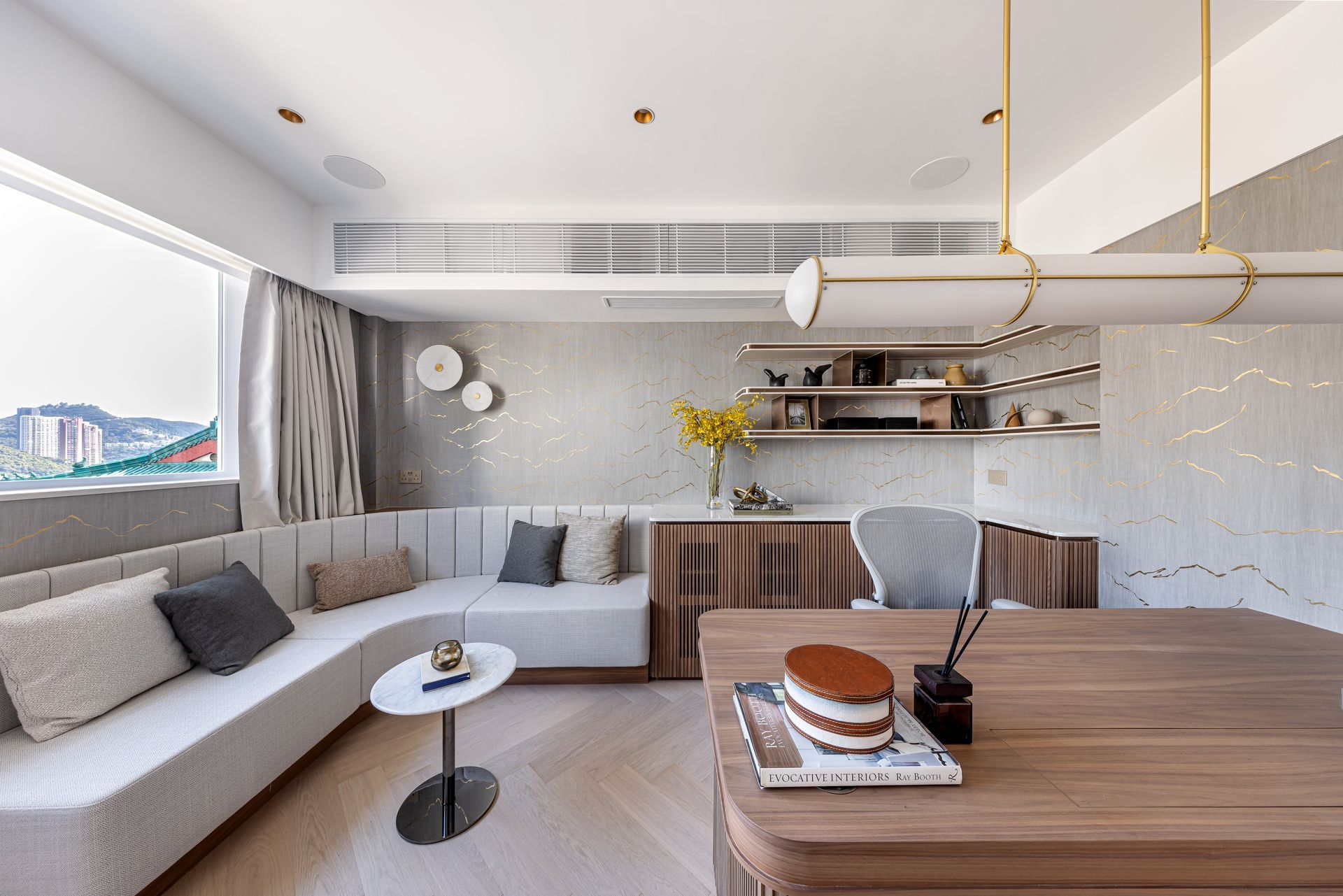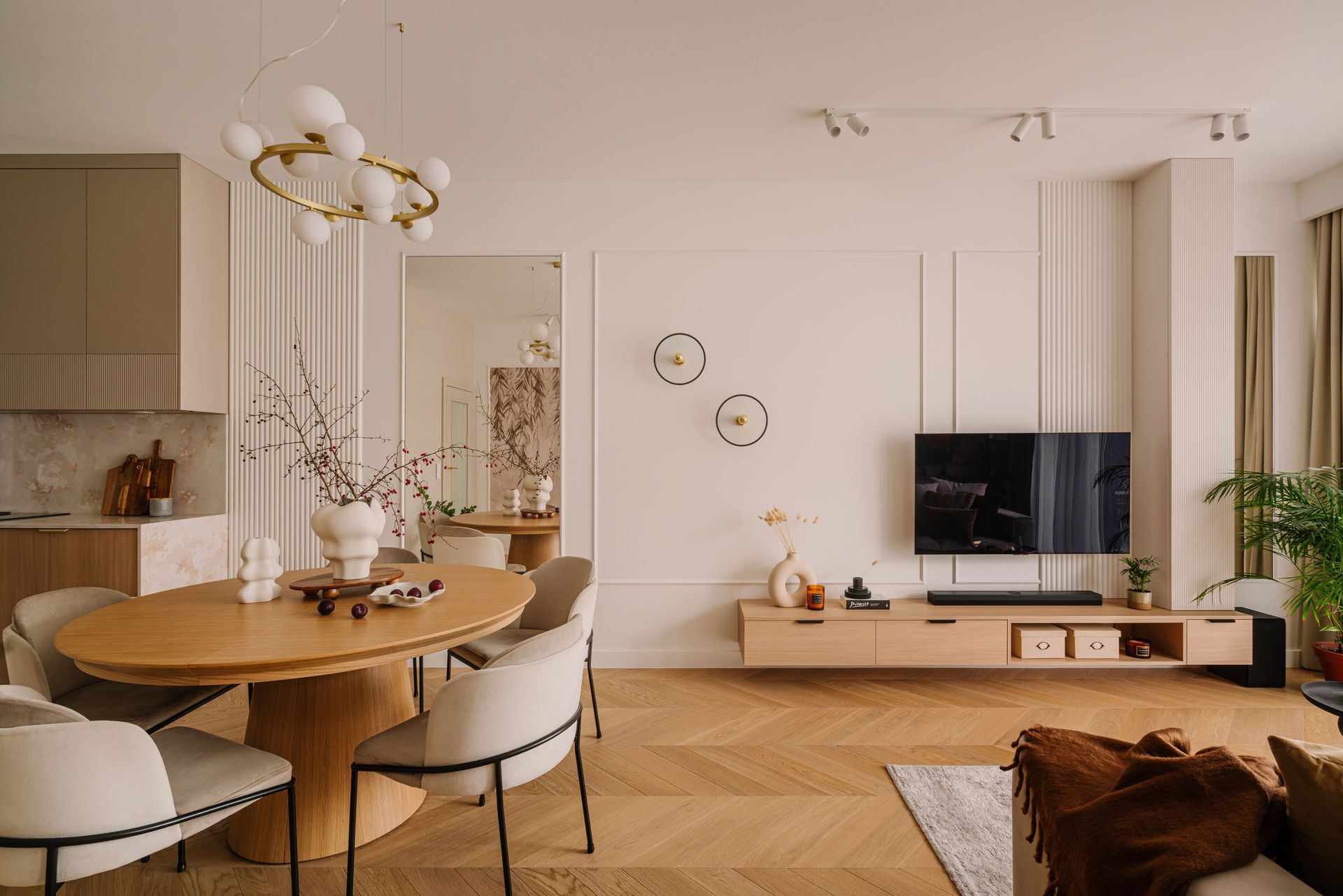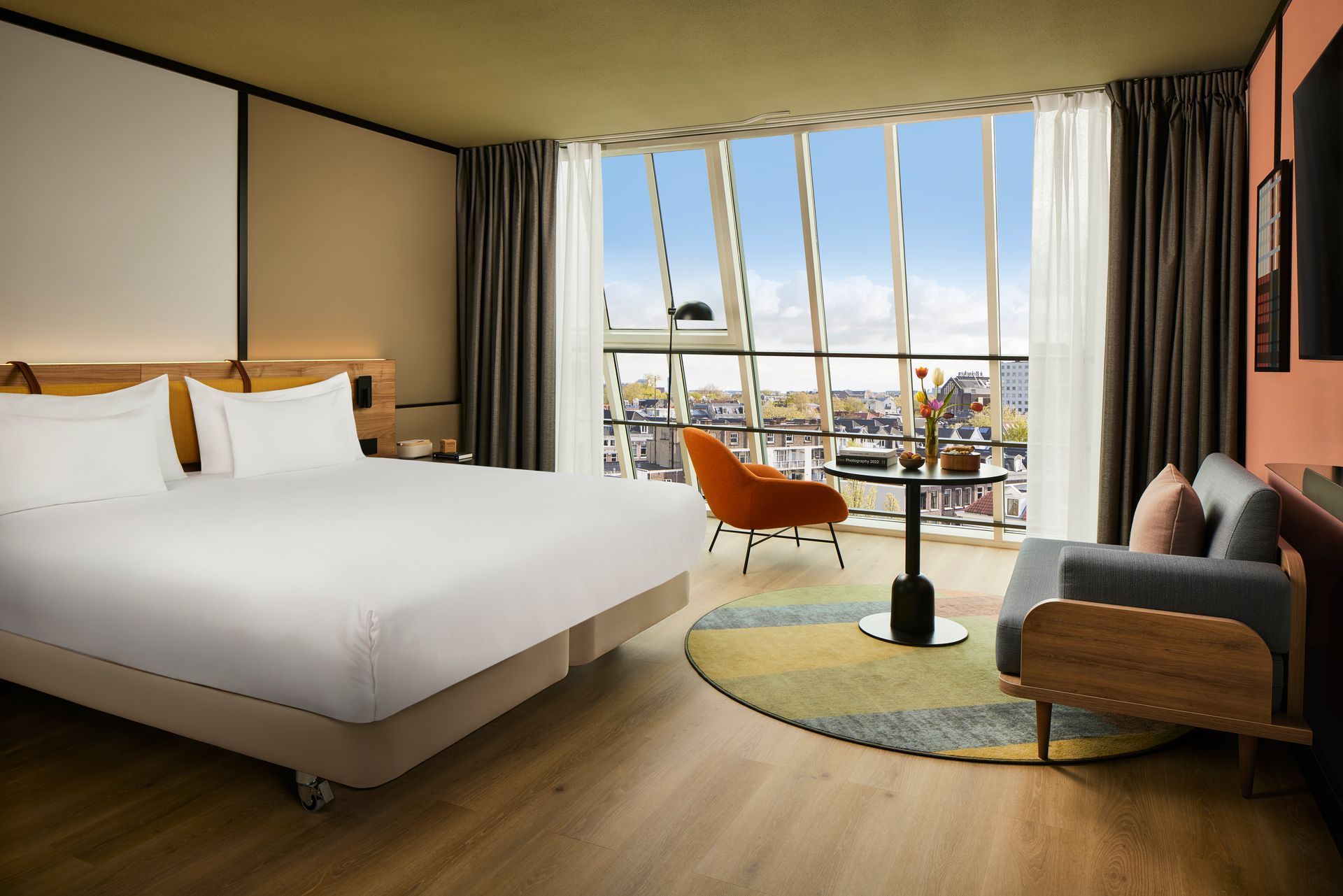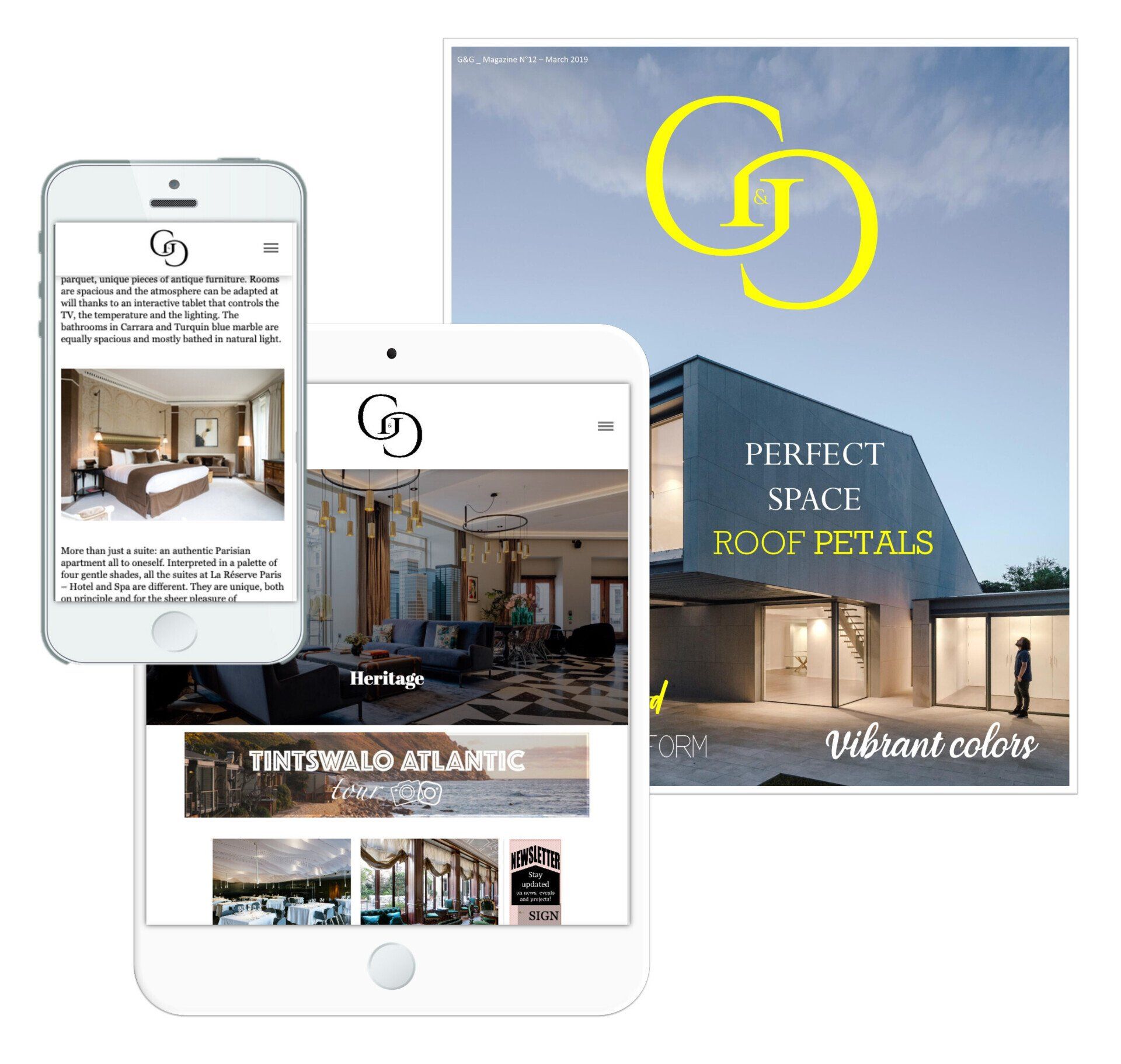Lake Como Design Festival 2025 Unveils First Program Highlights
Lake Como Design Festival reveals the first details of the program for its seventh edition, taking place from September 14 to 21, 2025, in the city of Como and around its lake.
Alongside the return of the Contemporary Design Selection — the widespread exhibition dedicated to independent designers, design studios and architecture — two exhibitions will be dedicated to prominent figures of Italian architecture and design: Aldo Rossi and Ico Parisi.
The guiding theme of this edition of the festival—and of the exhibitions and activities that will take part in it—is Fragments. Fragmentation is everywhere: contemporary society is marked by conflicts and natural disasters that fuel isolation and individualism. In this context, however, fragmentation can also become an act of resistance against conformity. Lake Como Design Festival presents fragmentation as an opportunity for rebirth; whether natural or intentional, fragmentation becomes a regenerative act, embraced as a chance for reconstruction and reconnection, remembrance and rediscovery.
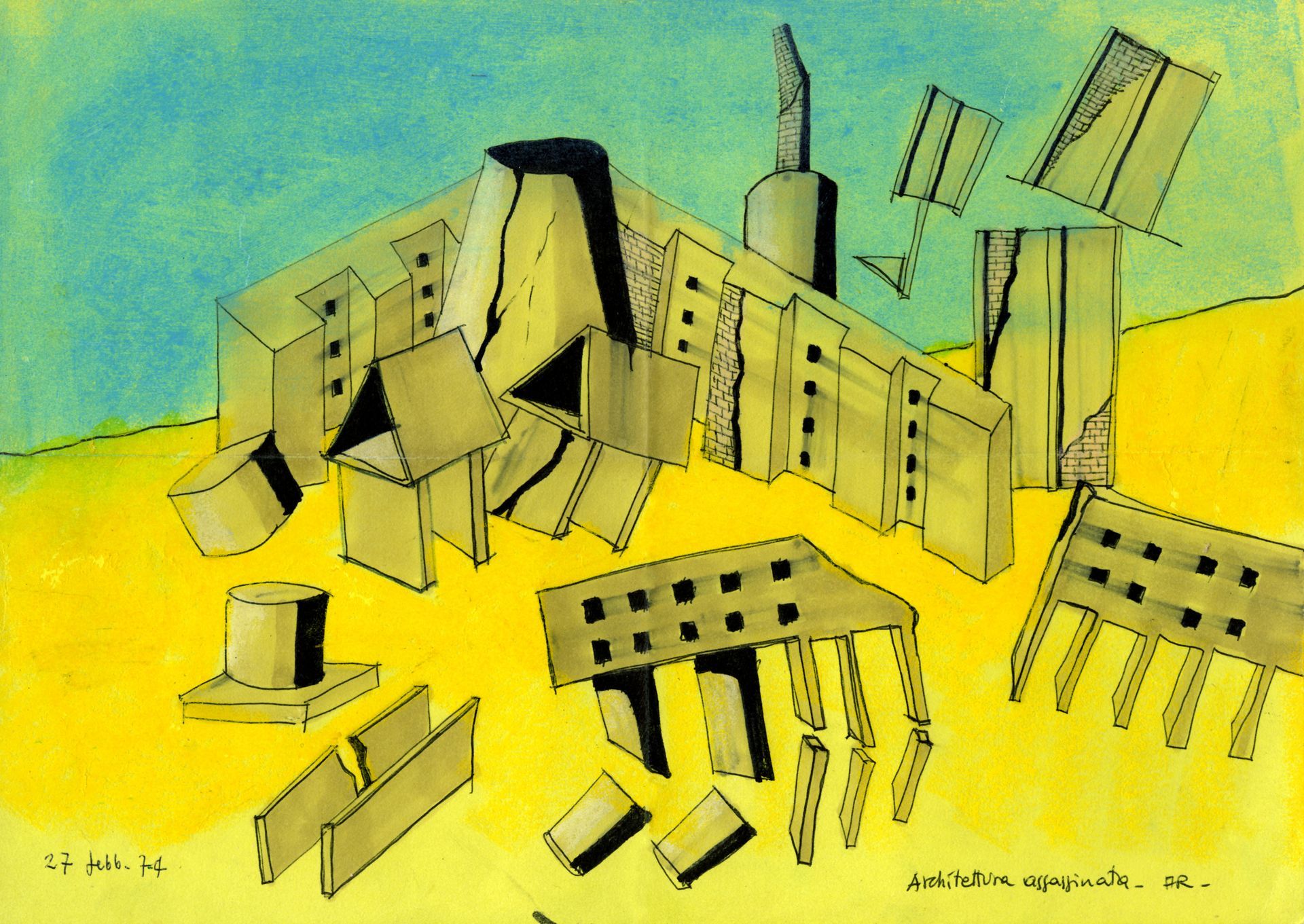
Aldo Rossi, Architettura assassinata, 1974 © Estate of Aldo Rossi / Bridgeman Images
ALDO ROSSI. ARCHITECTURE BY FRAGMENTS
Curated by Chiara Spangaro in collaboration with Aldo Rossi Foundation
Aldo Rossi. Architecture by Fragments explores the theme of the fragment in the theoretical and architectural work of Aldo Rossi (Milan, 1931– 1997), concept that runs through his practice from the 1960s onward. The exhibition features a selection of architectural drawings, photographs, texts and documents in which Rossi engaged with the idea of the fragment, from the design of Segrate’s Town Hall Square with its Monumento ai Partigiani (Monument to the Partisans), to the film Ornamento e delitto (Ornament and Crime), conceived with Gianni Braghieri and Franco Raggi and the reconstruction of the block between Schützenstrasse and Charlottenstrasse in Berlin, begun in 1992.
In the heart of the city of Como, the former church of San Pietro in Atrio once again becomes an exhibition space for the seventh edition of the festival, becoming a welcoming environment open to dialogue. Here, the exhibition moves away from the formalities of a traditional display and embraces a more intimate setup, welcoming and encouraging visitors to move freely through the space and across different eras, where they can explore and delve deeper into the theme of the fragment in Aldo Rossi’s work.
Location: Ex Chiesa di San Pietro in Atrio, via Odescalchi, Como
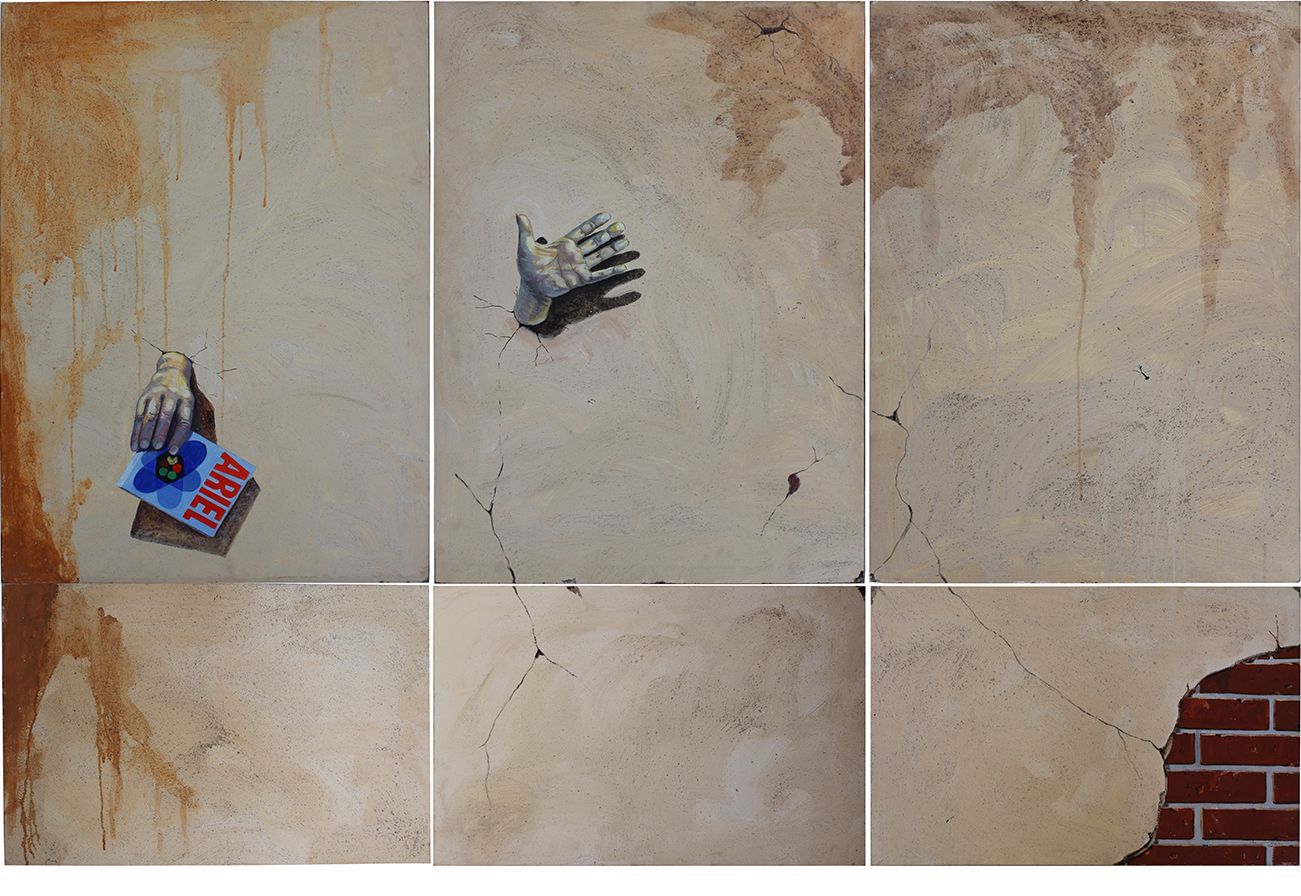
Ico Parisi, “ARIEL”, 1980
ARCHIVIO DESIGN ICO PARISI
On the occasion of Lake Como Design Festival 2025, the non-profit association Archivio Design Ico Parisi is pleased to announce the opening of its new headquarters at Via Diaz 11 in Como and to present an exhibition of paintings created by Ico Parisi between the late 1970s and early 1980s. These large-format paintings are part of the series Crolli edificanti – Tavole di provocazione, works never exhibited before in Como. They are composed by the aggregation of various painted panels, evoking a disorienting idea of fragmented imagery. This is an integral part of the artist’s design research, where subjects such as televisions, appliances, cars and more become, for Parisi, paradoxical ‘signals’ of the disintegration of dwelling.
The spaces on Via Diaz, originally designed by architect Marco Balzarotti and recently renovated with full respect for the original design, will finally be open to the public — for study, research and direct consultation. Visitors will have access to a rich archive of materials, photographs and documents, partly acquired through inheritance and partly collected over the years. The venue will also offer the opportunity to experience artworks, design pieces and architectural works on display, along with an extensive library.
Location: Archivio Ico Parisi, via Diaz 11, Como
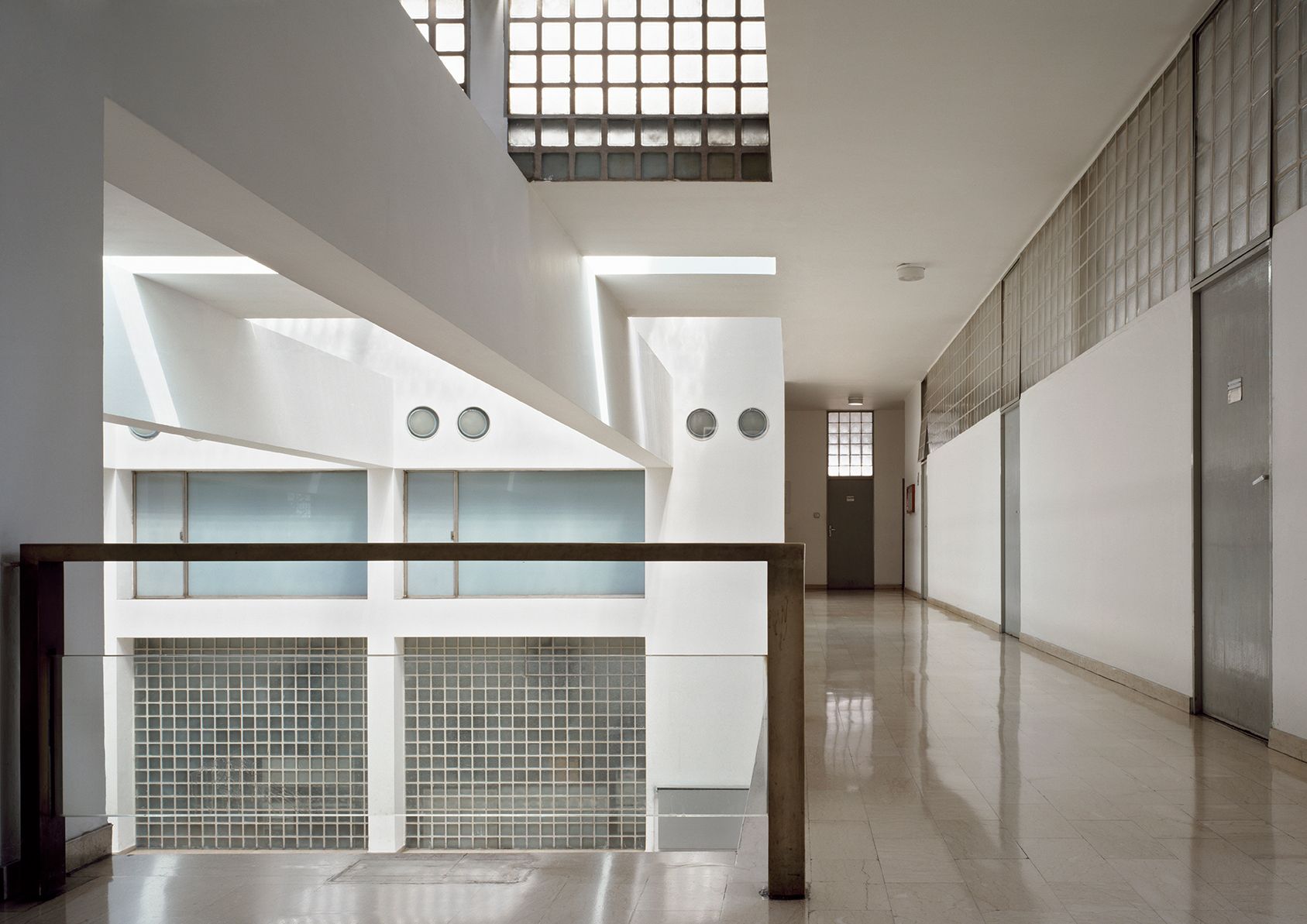
Casa Del Fascio, Como / Photography: Enrico Cano
CONTEMPORARY DESIGN SELECTION
Curated by Giovanna Massoni
The Contemporary Design Selection of this year is a collective investigation into the evocative power of the fragment. The 2025 open call invited designers, artisans, architects, and artists to explore three design perspectives: fragility – the aesthetics of breaking and transformation, the value of the ephemeral and the mutable; the regenerative act – recomposition and recovery, transforming waste into new objects filled with meaning; and memory – as an archive of fragments, a vehicle for stories, techniques, and past or forgotten cultures.
Focusing on one of these themes or embracing the poetics of the fragment in its complexity, the participants currently confirmed come from Italy, Europe, Asia, the Middle East, Mexico, the United States, and Canada. Individuals or collectives, both young and older, direct witnesses of war scenarios marked by unacceptable inhumanity or spokespersons for urgent social and environmental issues, their design work is always, in one way or another, an act of resistance.
The exhibition brings works exploring fragmentation not as loss, but as a creative foundation. Each piece becomes a reflection on time, identity, and the scars – personal, socio-political, environmental – that mark people, materials, and territories. Through different paths and practices, they tell how what is broken, forgotten, or marginalized can generate new life and new meanings.
Location: Chilometro della Conoscenza, via per Cernobbio 11, Como
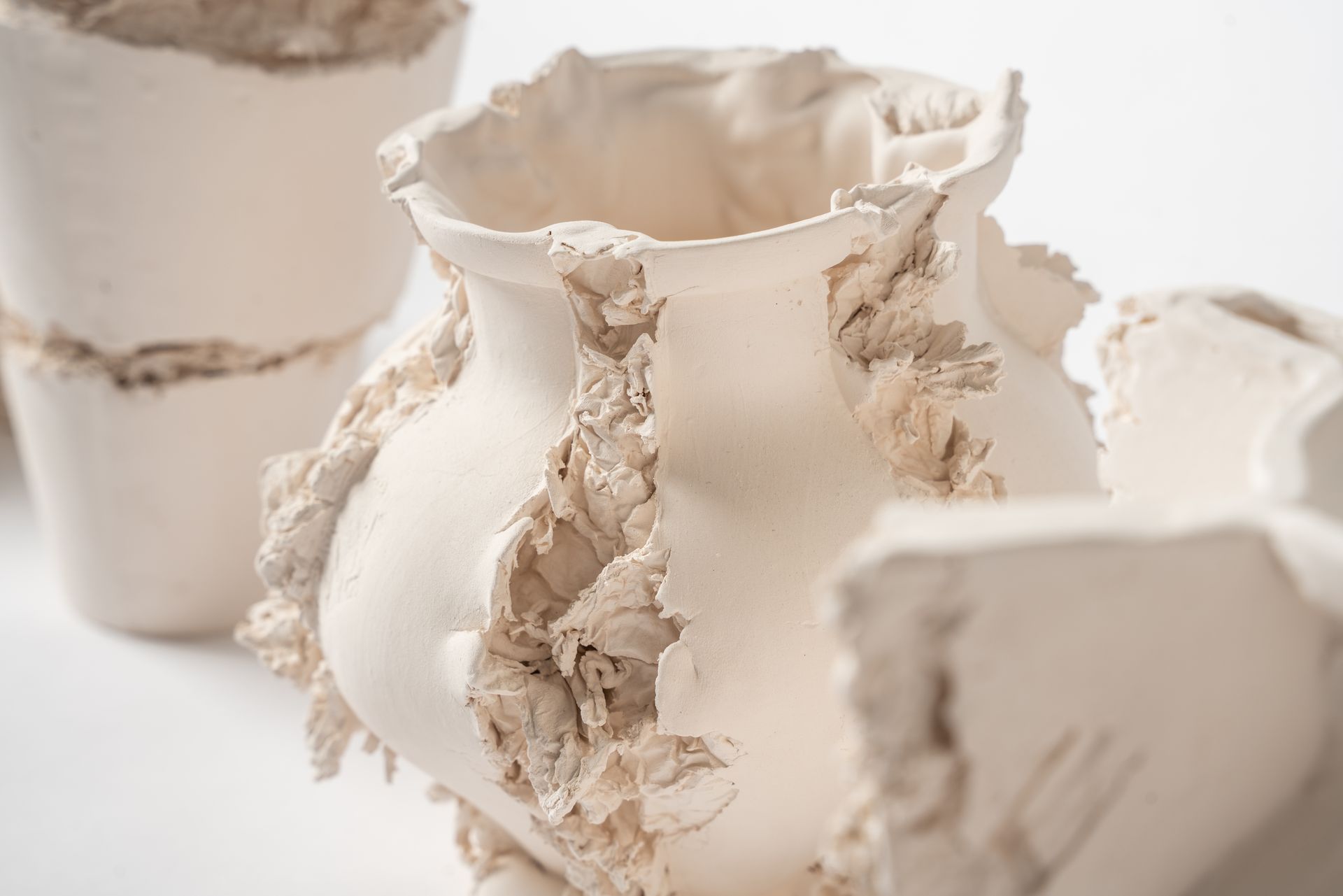
Studio Zing
From the autobiographical carpets of the Jaipur Rugs weavers to the archetypal narratives of Sierra Kanistanaux, memory is intertwined with the act of making. Aula speaks to us of traditional (Norwegian) ornaments as living fragments of our history. Atelier WA=MA and Matter Forms explore fragmentation as transformation, making visible the traces of erosion, sediment and time. For Yentele, the act of embroidering fragments of stones, assembling them together, is similar to the process of memory and storytelling. Susanna Costantini and Antonio Barone make the textile gesture an act of discerning memory. Yanis Miltgen weaves words from forgotten books; Lucie Gholam works with rubble as sensitive archives of ruins and memory. Rugsandrugs weaves memory and territory into rugs that tell of Ukraine's wounded but resilient cultural identity.
The fragment is also a scar: Abreham addresses the themes of scarification and memory marked in the body, where each trace becomes the writing of a transformed identity. Studio Zing celebrates imperfection as a design language, flaunting cuts and breaks. Laura Rota, Marie-Amélie Poisson and Studio Zero reflect on reassembly as a poetic and regenerative process. Bas Pattyn explores the essence of the fragment as a founding element of transformation. Eleonora Todde and Lyuda Skrynnykova respectively tell of bodies and houses torn apart by war and trauma.
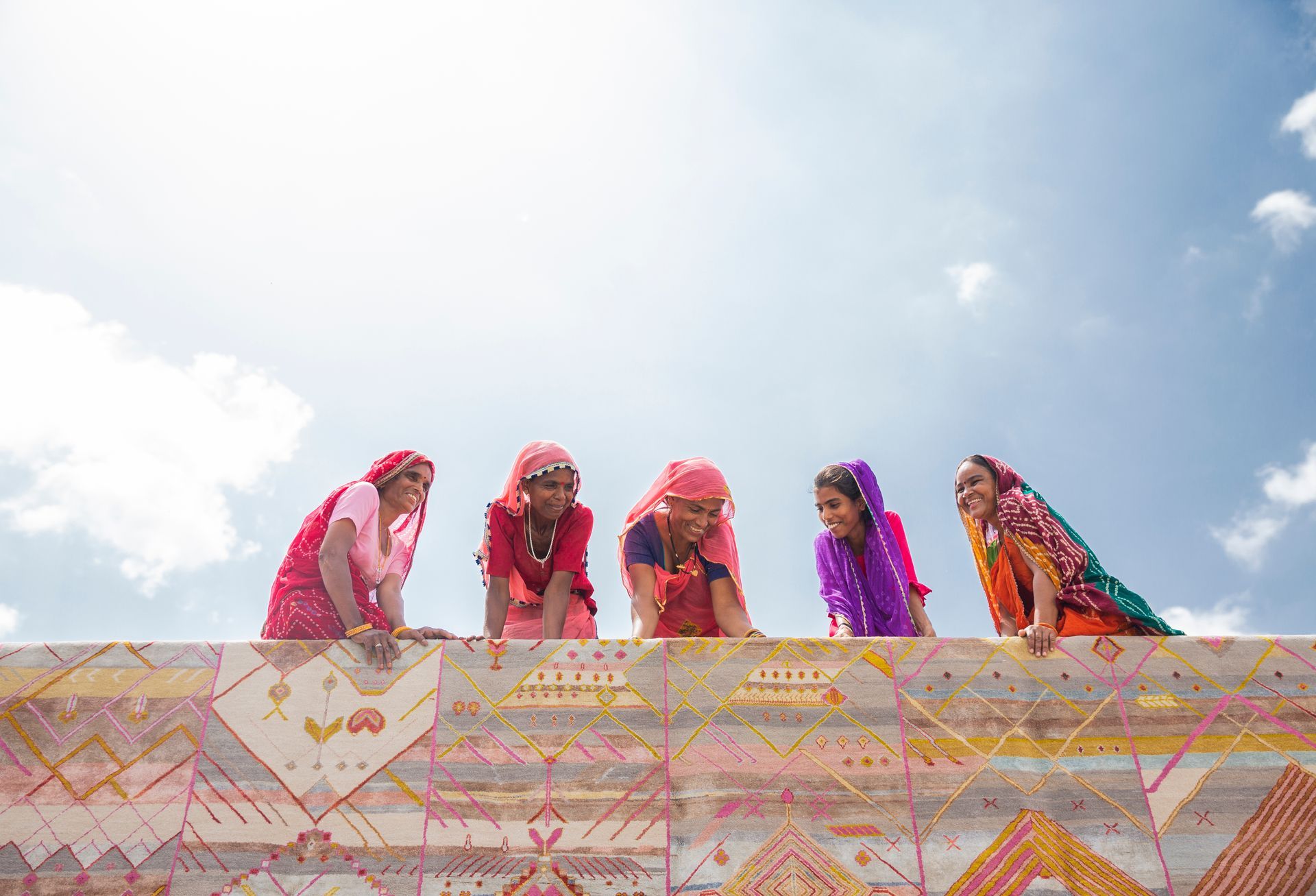
Jaipur Rugs
Adelie Ducasse builds luminous totems by superimposing a set of geometric ceramic modules. Ben Kicic for Hand in Glove, reminds us that design is an assemblage of collective gestures and temporalities. Vacuum Atelier reflects on the union of parts (the joint) as an act of reconciliation. Labanto - Francesca Brinatti creates compositions of joints, colours, oxidations and mirrors that reflect an image of the human condition: fragments of time, memory and fragility.
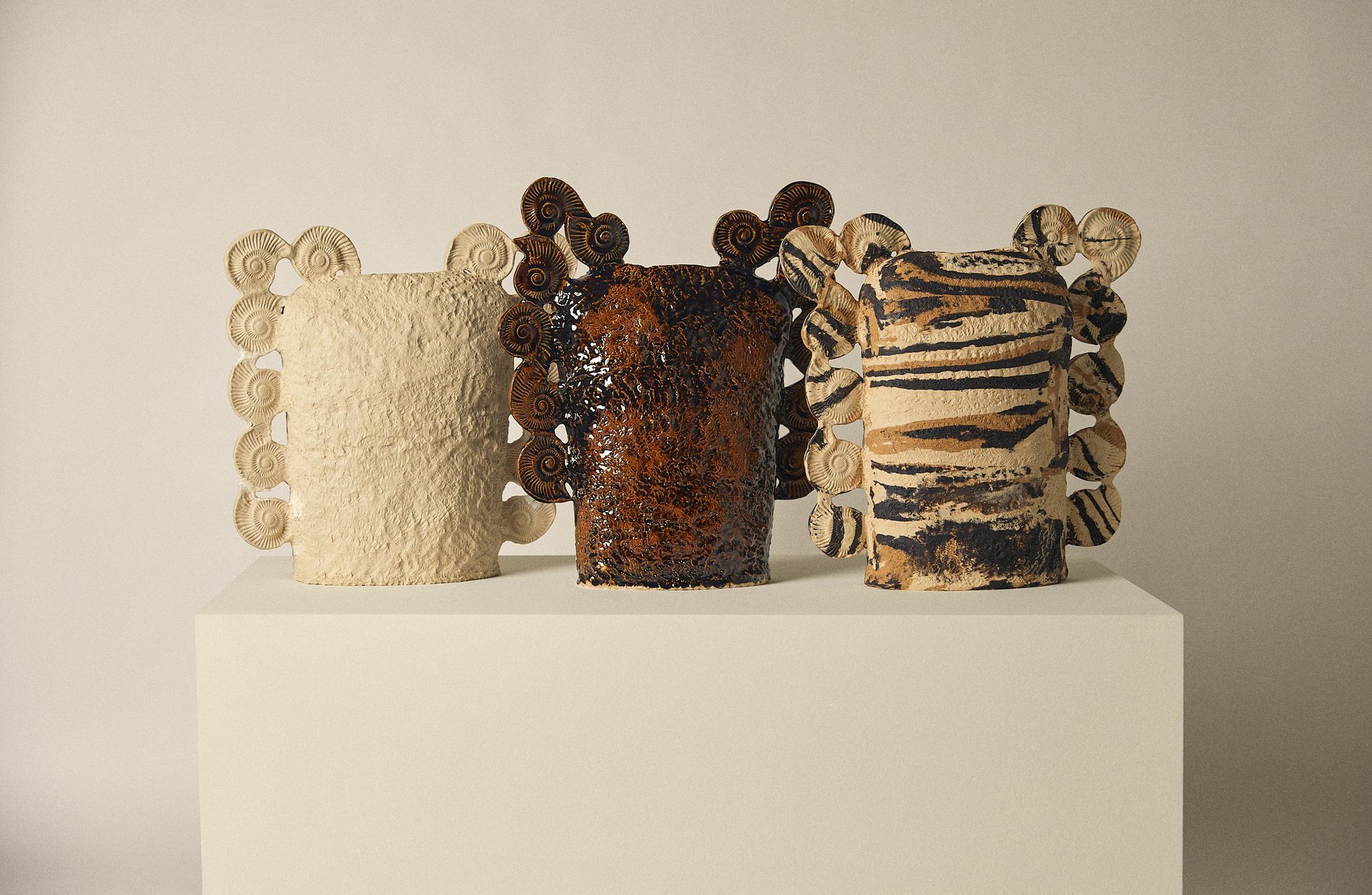
Sierra Kannistaux
Giulia Paradell creates a book where each page is a fragment of a landscape. Ludovica Corti's works are specimens on the border between nature and artifice, presence and memory, preservation and decay. Thomas Kurer's works speak of tension between form and matter, spirituality and wildness; Justyna Szymanska's carpets depict geological fractures, movement and transformation. For his part, Yunju Jung uses resin as a healing substance, giving unity to seemingly opposing elements.
SHARE THIS
Subscribe
Keep up to date with the latest trends!
Contribute
G&G _ Magazine is always looking for the creative talents of stylists, designers, photographers and writers from around the globe.
Find us on
Home Projects
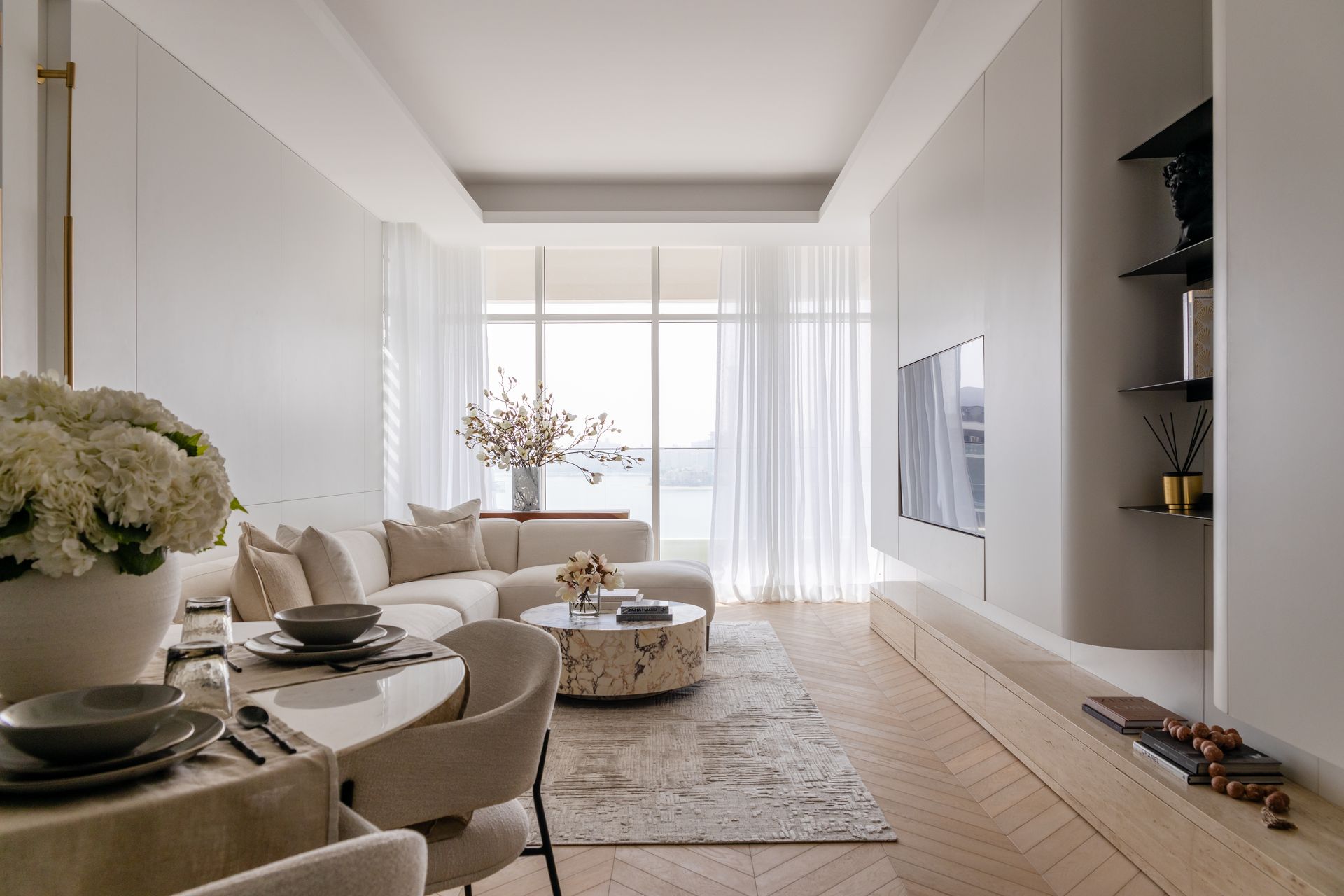
Popular Posts
